Arthur Bowen Davies
Born in Utica, New York, the fourth child of Methodist minister and his wife, Arthur B. Davies moved to Chicago with his family in 1878. He worked as a clerk for the Chicago Board of Trade and as a civil-engineering draftsman in Mexico before moving in 1886 to New York City, where he took classes at the Art Students League and worked as a magazine illustrator for Century and Saint Nicholas. Exhibiting at the American Art Galleries and the American Watercolor Society in 1888, he attracted the attention of art dealer William Macbeth, who would become his lifelong friend and patron. Through his trips to Europe on behalf of the dealer Davies was exposed to the Old Masters as well as the modernists.
By 1893 Davies's early visionary canvases, many depicting small children frolicking in lush outdoor settings, had won acceptance at the National Academy of Design and attracted enthusiastic collectors. In 1908 he helped organize and participated in the exhibition "Eight American Painters" at Macbeth Galleries. The group of eight progressive painters led by Robert Henri exhibited independently in order to challenge the jury system of the more conservative National Academy of Design. Davies continued to be involved with the independent movement and was one of the main organizers of the ground-breaking 1913 Armory Show, which introduced European modernism on a broad scale to the United States. For several years after the exhibition, Davies experimented with a Cubist style, composing his figures of brightly colored, multifaceted planes.
Often referred to as an American symbolist, Davies was influenced by Albert Pinkham Ryder, Elihu Vedder, Ralph Blakelock, and such European symbolists as Arnold Boecklin, Puvis de Chavannes, and Ferdinand Hodler. An enthusiast of modern dance, Davies followed Isadora Duncan and adapted her freely choreographed sensuous movements to his paintings. His ethereal dreamlike landscapes filled with voluptuous nude dancers and an occasional unicorn are the works for which he is best known. A prolific artist, Davies created thousands of paintings, drawings, and prints. He was exploring the medium of tapestry in the 1920s, when he died suddenly in Florence, Italy.










